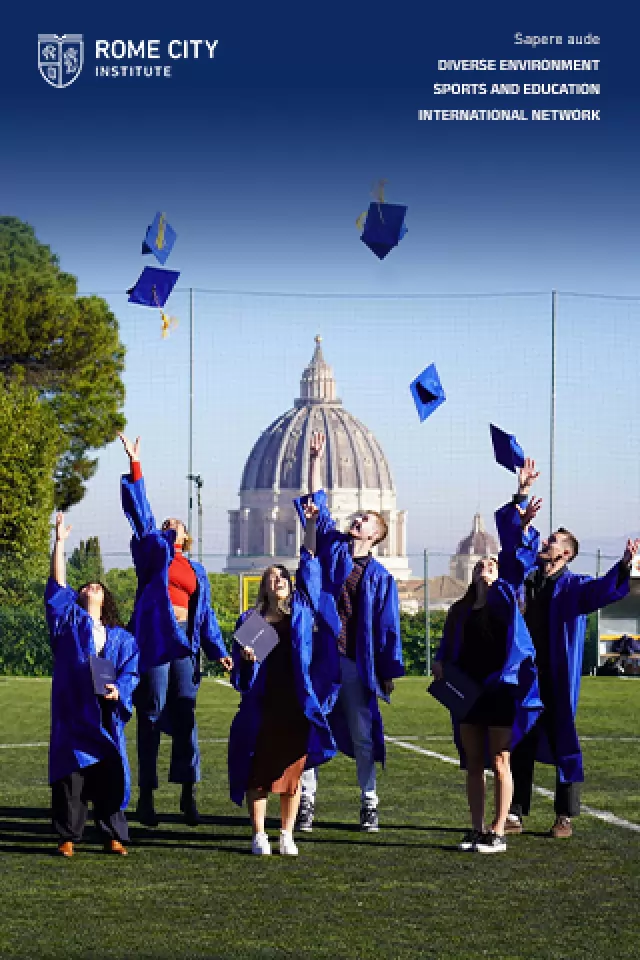Did Leonardo da Vinci live here?
For almost 150 years, the Istituto Geografico Militare (IGM) has occupied premises in what was once a part of the monastery of the SS. Annunziata in Florence, without anyone suspecting that these rooms contained a fascinating secret.
Recently, however, a piece of astute detective work on the part of a group of researchers working at the institute has revealed that the whitewashed offices may, in fact, occupy the same historic site where Leonardo da Vinci lived and worked in 1500.
A year ago, while paying a visit to the prior of the adjoining SS. Annunziata monastery, the attention of Roberto Manescalchi (a student of architecture who also works in the archives of the IGM) was caught by a mysterious staircase leading nowhere. Although the stone ramp was dark, neglected and non-functional, his keen eye spotted features that bore the stamp of one of the great architects of the Renaissance.
I immediately recognized it as the work of Michelozzo Michelozzi, who also designed the famous SS. Annunziata church, he said. Manescalchi teamed up with fellow researchers, Maria Carchia and Alessandra Del Megio. Together, they came to the conclusion that the stairway was once the main access to the monastery before the whole orientation of the building and the adjoining square were altered when Archduke Ferdinand I, son of Francesco Medici, built his stables in 1592.
Originally, the staircase was the link between the outside world and the private core of the monastery where the brothers lived. It led up to the foresteria (guest-quarters) on the first floor and gave access to the second cloister and, in all probability, the chapel, Manescalchi explained.
When Michelozzi built the staircase, it was flooded with light which came from windows and openings that have since been walled up. During the suppression of the religious houses in 1857, the monastery was split up and reduced in size. A few years after that, a part was taken over by the forerunner of the present institute, a military organisation specialising in map-making and geodetic surveys.
According to contemporary sources, da Vinci stayed at the monastery of the SS. Annunziata during the first year of the 16th century. The researchers are convinced that the maestro and his entourage would have been lodged on the piano nobile (first floor) of the foresteria, which was accessed by the Michelozzi stairway. These rooms are now the offices of the IGM topographic and cartographic archives. The first ramp of the staircase that once led up to them is now in the monastery premises, roofed off and separated by a wall. The rest of the staircase that led up to other floors is now inside institute storerooms and cannot, for the moment, be explored further.
Manescalchi went on to say: There was a suite of five large and luminous rooms on the first floor, reserved for prestigious guests. These would have been a perfect place for the maestro to set up his workshop. Giorgio Vasari, the 16th-century artist and art historian, tells us that the brothers provided for da Vinci and his household for a year. He was supposed to be painting an altarpiece of the Annunciation for them, but the only recorded artwork he produced was a cartoon depicting Our Lady, St Ann and Christ. This was put on public view in 1501 and drew a continuous stream of admiring crowds for two days.
According to Vasari, however, it seems that da Vinci was more taken up with maths than painting during his sojourn at the monastery.
The five rooms would also have included the very private one where da Vinci carried out his experiments, hidden from indiscreet eyes. Although he could count on very powerful protection, the maestros experiments were often contrary to the moral standards of the time and he could easily have been accused of sorcery. It is known, for instance, that he dissected corpses and removed various organs to examine them.
Manescalchis hunch was soon backed by some astonishing evidence. At the top of the first ramp of stairs, at what would once have been the entrance to the guest suite of rooms, there are remains of an uncompleted fresco of the Annunciation. Despite its poor condition, the ghostly outline of the kneeling archangel Gabriel can be clearly seen. When a computer image of the figure was superimposed on the outline of the da Vinci angel in his famous painting of the Annunciation in the Uffizi Gallery in Florence, they matched perfectly.
In addition, the wall painting also contains images of birds. These are exact copies of drawings in the Codice Atlantico, made by da Vinci in his studies on the flight of birds.
Although further research has to be carried out, the team believes that these were either copies of the maestros works made by his pupils, or perhaps trial figures that were never completed.
A final piece of evidence was uncovered in a room on the second floor, which would once have been used as a dormitory for the servants of the illustrious guest on the piano nobile below. The wall is decorated with two exceptionally fine grotesques, which have been identified as the work of the artist Morto da Feltre. He specialised in what was then the new art-form of grotesque decoration and it is documented that he was called to the SS. Annunziata at the same time as da Vinci.
The researchers were thrilled when they discovered yet another clue to their theory about the maestros stay. The grotesques feature two beautifully-executed faces, flanked by birds. They also contain a fascinating particular. Perched on the parrots back is the exact reproduction of da Vincis drawing of a dragonfly, now in the national library of Turin.
The IGM possesses a beautiful old library with a collection that includes 150,000 scientific publications and 8,000 ancient maps.
It is open to the public Mon-Fri 08.30-13.00 or by appointment.
Via C. Battisti 10/12, Florence, tel. 0552732244.



















